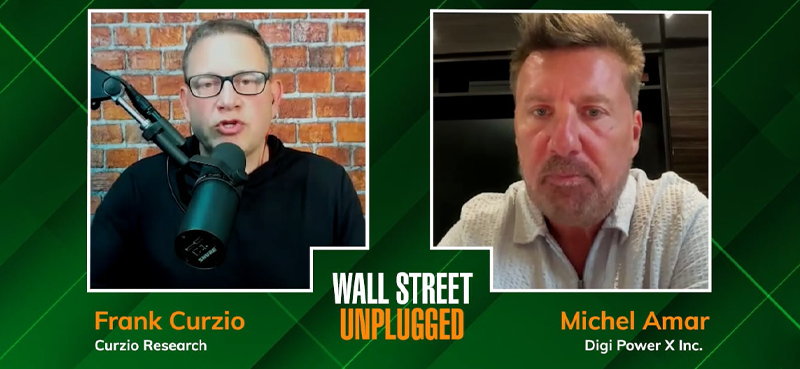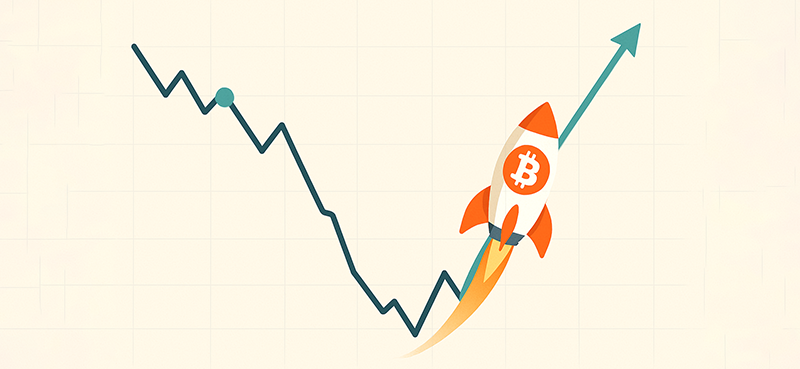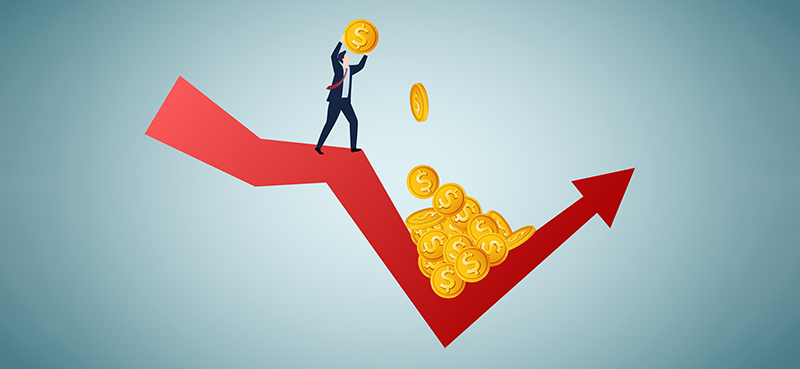Last month, I told you why drug patent expiration is quickly becoming a $214 billion trend.
We zeroed in on Mylan (MYL), one of the largest generic drug-makers in the world. That’s because it is a big potential beneficiary.
As I explained, $214 billion in worldwide drug sales were coming off patent in the next six years (2015 to 2020).
Generic companies are allowed to make identical drugs (by law) once a patent expires.
And Mylan is one of the few companies positioned to benefit from this windfall.
If you decided to add shares after reading my article, you could be up 25% on the stock. That’s a solid return in just six weeks.
It’s also a decent return compared to the S&P 500, which rose about 3% in the same time frame.
A big part of these gains took place on Tuesday.
That’s when competitor TEVA Pharmaceutical (TEVA) offered to buy Mylan for $40 billion. That amounts to $82 a share, or another 10% upside from the current price.
TEVA may have to raise its offer to $85 to $90 a share before this deal is finalized. Once approved, the combined company stands to become a global pharmaceutical powerhouse.
That’s why, if you’re in this name, you may want to hold on to your Mylan shares.
On Tuesday, TEVA’s management team provided estimates of what the combined (TEVA/Mylan) company would look like. This included annual sales of $30 billion and $7 billion in net income.
To put these numbers in perspective, pharmaceutical giant GlaxoSmithKline (GSK) generated a little over $30 billion in sales last year, with a net income of just $4.1 billion.
What’s more, Glaxo ranks as the sixth-largest pharmaceutical company in the world based on market cap.
TEVA expects to save at least $2 billion in cost synergies. However, this number is conservative as massive layoffs are likely. (Layoffs are common when two companies in the same industry merge.)
By 2016, TEVA expects the combined company to generate nearly $6 per share in earnings (and more than $7 in earnings by 2018).
At $6 in earnings, TEVA is trading at just 11 times forward earnings. That’s a huge discount to the industry, which trades well-above 20 times earnings.
Based on these numbers, it’s no surprise TEVA’s shares jumped on the merger announcement.

That kind of move is unusual, though. “Acquiring” companies have a history of declining on the day they make a buyout offer.
The numbers look great on almost every level including sales, profits, margins and synergies.
However, the market appears to be overlooking one big factor.
If TEVA is able to purchase Mylan, the combined company would have a pipeline of over 400 generic drugs seeking approval.
That’s more drugs in the pipeline than Pfizer (PFE), Merck (MRK) and Novartis (NVS) combined.
Keep in mind, these 400 drugs are generics. They are more likely to receive approval compared to a brand-new drug in Phase II studies.
Plus, these generics will take the place of drugs that generated hundreds of billions of dollars in sales for companies like Pfizer, Merck and Novartis.
This makes TEVA/Mylan one of the biggest pharmaceutical large-cap growth companies in the world.
And the stock would be dirt-cheap if TEVA can buy Mylan for under $90 a share. (MYL is currently trading near $73.)
Mylan rose 25% in just six weeks. If you’re sitting on a nice gain in this name, you could take some profits. But I suggest being patient and holding on for bigger gains.
There is still a chance the TEVA/Mylan deal goes south. But even if that happens, Mylan still stands to become one of the biggest beneficiaries of the $214 billion patent cliff.
Yet, if Teva strikes a deal to buy Mylan — your shares will be converted into the combined entity.
This could make you a shareholder in one of the cheapest, high-growth pharmaceutical companies in the world.
Good investing,
Frank Curzio





















